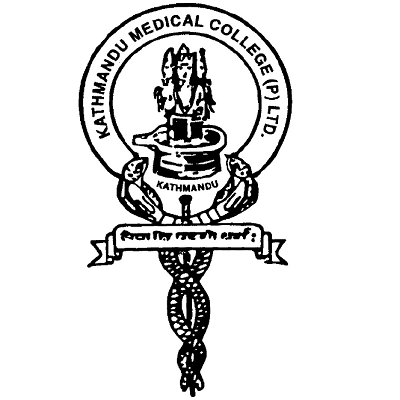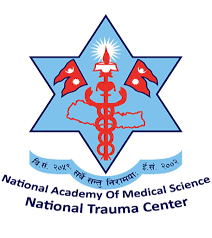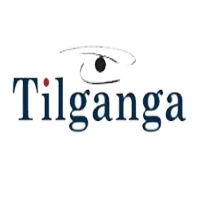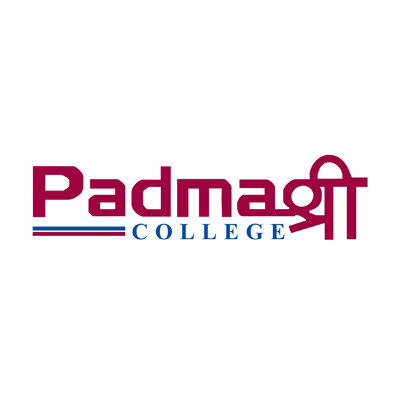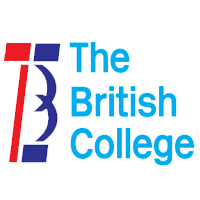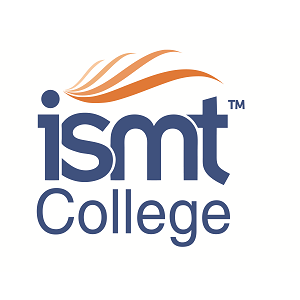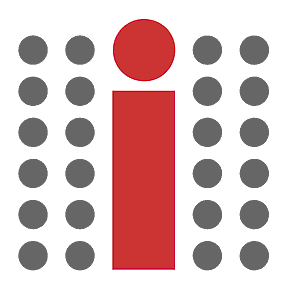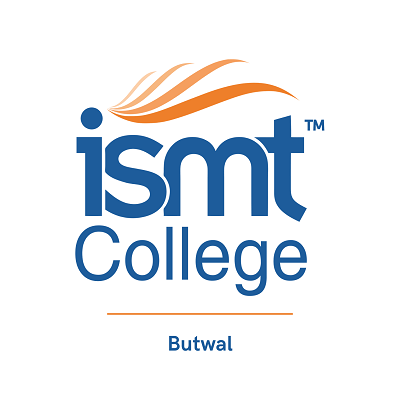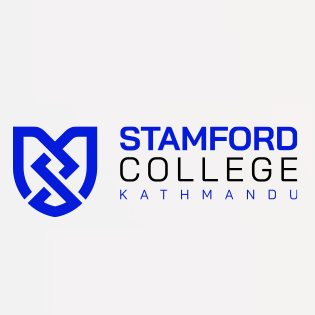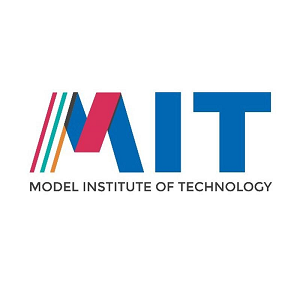Overview
MD in Radio Diagnosis at Nepalese Army Institute of Health Sciences (NAIHS) College of Medicine
MD in Radio Diagnosis at Nepalese Army Institute of Health Sciences (NAIHS) College of Medicine is a three-year postgraduate medical program that trains you in modern diagnostic imaging, image interpretation, and image-guided procedures. The course runs under Tribhuvan University, Institute of Medicine (TU-IOM), and follows national regulations framed by the Medical Education Commission (MEC) and Nepal Medical Council .
NAIHS-COM is based in Sanobharyang, Bhandarkhal, Kathmandu, and functions as a medical college of the Nepali Army with a mandate to produce skilled health professionals for the country. Shree Birendra Hospital at Chauni serves as the main teaching hospital, with 635 beds and a wide case mix from serving and retired army personnel, their dependents, and civilian staff. This setting gives MD residents exposure to trauma, emergencies, chronic diseases, and routine imaging work in one campus.
MD in Radio Diagnosis at NAIHS has 3 seats, and the current total course fee shared by the college is NPR 2,381,760. (Seat number is also listed in the institutional PDF; fee figure comes from the college’s recent fee structure and may change in future intakes.)
If you want a postgraduate path that keeps you close to patient care while working through images rather than direct procedures all day, this course offers a structured route for that choice. Many students who prefer visual problem-solving, technology, and cross-specialty consultation find radiology especially meaningful.
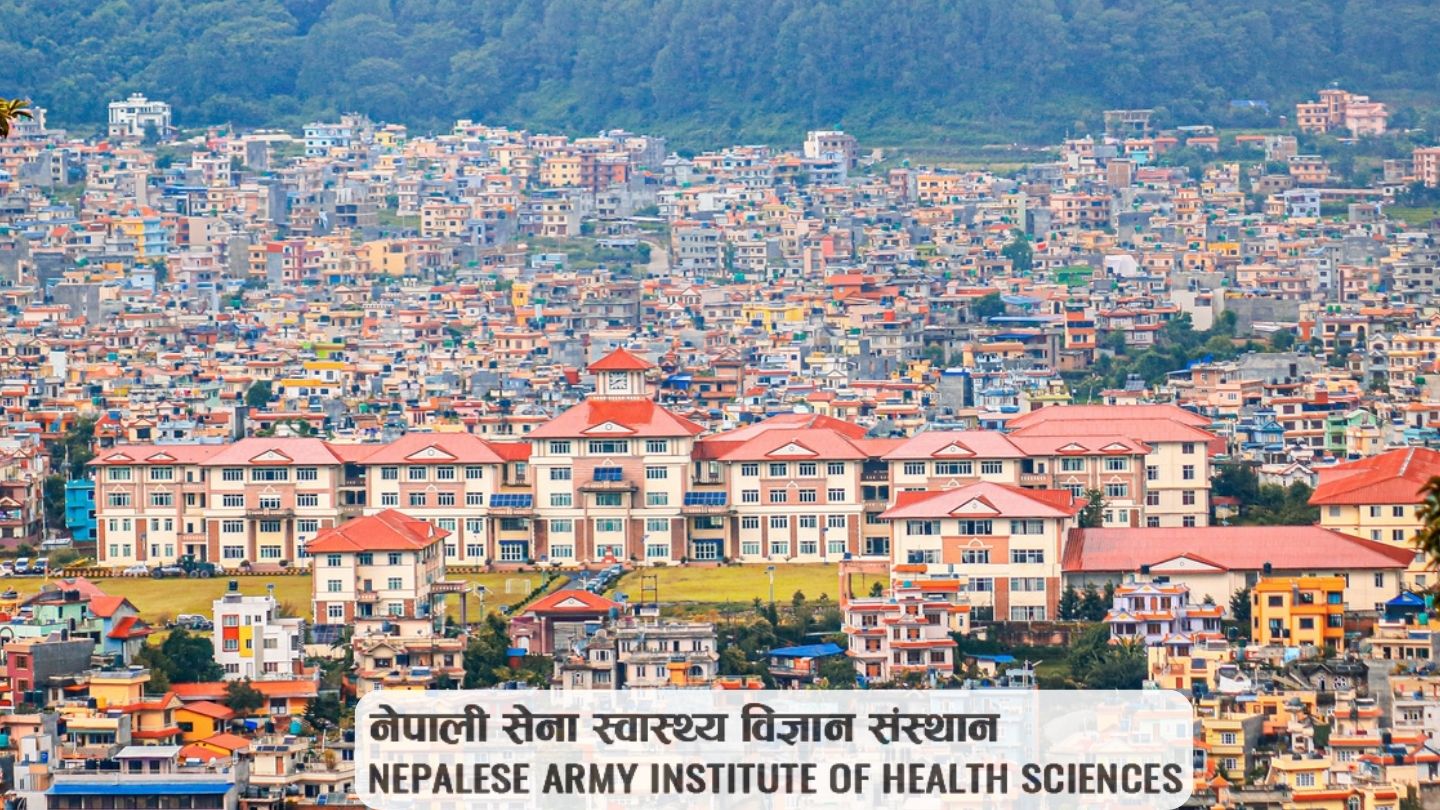
Highlights
-
Course name: MD in Radio Diagnosis
-
Institution: Nepalese Army Institute of Health Sciences – College of Medicine (NAIHS-COM), Kathmandu
-
Affiliation: Tribhuvan University, Institute of Medicine (TU-IOM)
-
Regulatory bodies: Medical Education Commission (MEC), Nepal Medical Council
-
Duration: 3 years, full-time residency
-
Intake capacity at NAIHS: 3 seats per year
-
Teaching hospital: Shree Birendra Hospital, Chauni, Kathmandu
-
Program level: MD (postgraduate specialist training in radiology)
Curriculum Details
The MD in Radio Diagnosis curriculum at NAIHS follows the general TU-IOM framework for MD Radiodiagnosis: three years of structured training in diagnostic imaging, radiation physics, imaging anatomy, and image-guided procedures. The syllabus is comparable to other MD Radiodiagnosis programs in Nepal and aligns with the broader South Asian standard where residents gain graded responsibility in imaging and reporting.
Core academic areas
Major knowledge domains include:
-
Imaging anatomy and radiological correlation for all major organ systems
-
Conventional radiography (plain X-rays and contrast studies)
-
Ultrasonography, including Doppler applications
-
Computed tomography (CT) techniques and interpretation
-
Magnetic resonance imaging (MRI) principles and reporting
-
Emergency and trauma imaging
-
Musculoskeletal, neuro, chest, abdominal, and oncologic imaging
-
Paediatric imaging and pregnancy-related imaging
-
Basics of interventional radiology (diagnostic and some therapeutic procedures)
-
Radiation physics, radiation protection, and quality assurance
Year-wise progression
While exact posting schedules are decided by TU-IOM and NAIHS, the typical pattern is:
-
Year 1 – foundation in imaging physics, imaging anatomy, basic radiography, and ultrasound; supervised reporting of routine studies.
-
Year 2 – advanced CT, MRI, and contrast studies; more independent reporting; participation in multidisciplinary meetings.
-
Year 3 – complex cases, sub-specialty exposure, emergency call duties, limited interventional procedures as per institutional facilities, and completion of thesis work.
Residents also complete a research project or thesis, as required for MD/MS programs under NMC and university rules.
Objectives
The MD in Radio Diagnosis at NAIHS aims to:
-
Prepare radiologists who can interpret imaging studies accurately and report them clearly for clinicians.
-
Build sound understanding of imaging physics and technology so that you can choose appropriate investigations and settings.
-
Train residents in safe use of ionizing radiation, with strong awareness of protection principles for patients and staff.
-
Develop skills for participation in multidisciplinary teams where imaging plays a central role in diagnosis and treatment planning.
-
Encourage academic growth so that graduates can teach undergraduate and postgraduate students in radiology and related disciplines.
-
Strengthen capacity for imaging-based research and audit work in Nepal’s hospital and university settings.
Scope
Modern healthcare depends on timely imaging, and radiologists work across almost every specialty. In Nepal, the rise of CT and MRI centers, expansion of tertiary hospitals, and increasing trauma and cancer burden all create demand for trained radiologists. MEC and TU list MD Radiodiagnosis as one of the core clinical specialties for postgraduate training.
After completing MD in Radio Diagnosis from NAIHS, graduates may:
-
Work as consultant radiologists in teaching hospitals, military hospitals, and private centers.
-
Serve in regional or district-level facilities that have X-ray and ultrasound, with or without advanced imaging.
-
Join medical colleges as faculty members in radiology departments.
-
Contribute to tele-reporting services where images from peripheral centers are reported by specialists in urban hubs.
-
Collaborate with clinicians in fields such as neurosurgery, orthopaedics, oncology, cardiology, and emergency medicine.
Students who plan to work abroad need to follow recognition and licensing rules of the destination country, including any additional examinations. Those pathways differ by region and should be checked case-by-case.
Learning Outcomes
By the end of the MD in Radio Diagnosis program at NAIHS, a successful resident is expected to:
-
Interpret common and advanced imaging studies (X-ray, ultrasound, CT, MRI) independently for routine hospital work.
-
Recognize urgent, life-threatening conditions on imaging and alert clinical teams in time.
-
Choose appropriate imaging tests for a given clinical problem, balancing diagnostic yield, cost, and safety.
-
Apply radiation safety principles in everyday work and support radiation protection measures within the department.
-
Perform core imaging-guided procedures available at the institution (for example, some biopsies or drainages) under supervision and later with independent responsibility, depending on local policy.
-
Conduct and present imaging-based research or audit work.
-
Teach imaging principles and basic interpretation to MBBS and other health science students.
Skill Development Modules
Residents gradually build both technical and non-technical skills. Teaching plans at NAIHS integrate these skills with the clinical services of Shree Birendra Hospital.
Technical skills
-
Execution of routine and special radiographic examinations
-
Performance and interpretation of ultrasound studies, including Doppler where available
-
Planning and carrying out CT and MRI protocols based on clinical questions
-
Contrast studies of gastrointestinal, genitourinary, and vascular systems (where facilities allow)
-
Support for selected image-guided interventions, depending on departmental scope
Indian and regional syllabi for MD Radiodiagnosis highlight these same skill sets, and Nepal’s MD/MS structure mirrors this approach.
Analytical and reporting skills
-
Systematic reading of images with structured reports
-
Correlation of imaging findings with clinical and laboratory information
-
Maintenance of logbooks and case portfolios
Safety and quality skills
-
Radiation protection measures for different age groups, including paediatric patients
-
Quality control tests and image-quality assessment in liaison with technical staff
Teaching and communication skills
-
Tutorials and demonstrations for MBBS and allied health students
-
Participation in clinico-radiological meetings and multidisciplinary tumour boards, where available
-
Clear written and verbal communication of imaging impressions to clinicians
Teaching Methodology
Radiology training at NAIHS combines academic teaching with day-to-day service work. Department-level and institutional approaches generally include:
-
Work-based learning
-
Reporting sessions in X-ray, ultrasound, CT, and MRI
-
Emergency duty rotations for trauma and acute care
-
Case discussions at the workstation with faculty
-
-
Formal academic activities
-
Seminars on system-wise radiology topics
-
Journal clubs on current literature
-
Case presentations and clinico-radiological conferences
-
-
Self-directed learning
-
Guided reading of core radiology textbooks and journals
-
Preparation for university theory, practical, and viva exams
-
-
Research and audit
-
A mandatory research project or thesis
-
Periodic presentations of research progress to departmental and college committees
-
The presence of a large teaching hospital (635 beds) with multi-specialty services ensures steady clinical input for imaging work and learning.
Admission Requirements
Admission to MD in Radio Diagnosis at NAIHS follows the national postgraduate admission process overseen by the Medical Education Commission. MEC conducts a common entrance examination, MECEE-PG, for all MD/MS and related programs in Nepal.
General eligibility for MD/MS programs in Nepal includes:
-
MBBS degree from a university recognized by MEC/NMC (for example, TU-IOM, KU, PAHS, BPKIHS, or an approved foreign university)
-
Completion of compulsory rotating internship
-
Valid registration with the Nepal Medical Council or equivalent council for international applicants
-
Minimum qualifying score in MECEE-PG as specified by MEC for that year
For NAIHS MD in Radio Diagnosis specifically:
-
Final selection occurs through MEC’s online matching system based on MECEE-PG rank, subject choice, and seat availability.
-
Candidates must meet all TU-IOM and MEC documentation requirements at the time of admission.
You should refer to the latest MEC and NAIHS notices during your application year, as eligibility rules and timelines can change.
Career Opportunities
After completing MD in Radio Diagnosis from NAIHS, you can consider several paths:
-
Consultant radiologist in teaching hospitals, including army and civilian institutions
-
Faculty positions in radiology departments of medical colleges
-
Radiology services in regional, zonal, or district hospitals
-
Imaging services in private diagnostic centers and corporate hospitals
-
Roles in tele-radiology, depending on infrastructure and regulations
-
Participation in research units focusing on oncology, neurology, cardiology, or orthopaedics where imaging plays a central role
In the Nepali context, qualified radiologists remain in demand, especially where CT and MRI are available but experienced readers are few. For students from outside Nepal, country-specific pathways need to be checked directly with local councils and employers.
Scholarships and Financial Aid
Scholarship and fee-paying positions for MD/MS programs, including MD in Radio Diagnosis, are handled centrally through MEC. MEC allocates scholarship seats and institutional seats across universities and affiliated colleges based on national rules.
Key points for you as an applicant:
-
MEC publishes an annual notice on scholarship quota, categories (such as open, government service, remote areas), and seat distribution.
-
Some NAIHS seats for MD/MS programs may fall under scholarship schemes depending on MEC decisions for that academic year.
-
Service candidates from the Nepali Army or government health services may have separate provisions subject to current policies.
Because scholarship distribution changes over time, you should check the most recent MEC and NAIHS announcements before each admission cycle.
Why Choose MD in Radio Diagnosis at NAIHS College of Medicine?
From the institution’s viewpoint, a few features stand out for MD in Radio Diagnosis at NAIHS:
-
Integrated military and civilian case mix – Shree Birendra Hospital serves army personnel, dependents, and civilian staff, so residents see trauma, occupational injuries, lifestyle diseases, and routine cases in one setting.
-
Clear affiliation and recognition – The program runs under TU-IOM, and NAIHS-COM is recognized by MEC and NMC, which supports academic credibility and eligibility for specialist registration in Nepal.
-
Structured MD/MS framework – MD Radiodiagnosis is one of the core postgraduate programs listed in TU-IOM’s postgraduate offerings, ensuring a defined syllabus and examination system.
-
Multi-disciplinary learning environment – NAIHS runs multiple postgraduate programs (medicine, surgery, paediatrics, anaesthesiology, orthopaedics, psychiatry, dermatology, pathology, and others), which encourages regular clinico-radiological interactions.
If you enjoy pattern recognition, careful observation, and cross-talk with many clinical specialties, this course can match your interests. Many students who pick radiology feel that it allows them to contribute to patient care while balancing procedural work, reporting, and academic activity.
Conclusion
MD in Radio Diagnosis at NAIHS College of Medicine offers structured three-year specialist training in diagnostic imaging under Tribhuvan University and national regulatory bodies. The program links strong academic teaching with high patient volume at Shree Birendra Hospital, giving you exposure to both routine and complex imaging work.
For Nepali students and international candidates who want a solid radiology pathway within Nepal’s recognized medical education system, this course provides a clear academic and clinical framework. Success in this field demands steady effort, curiosity about disease patterns, and a careful approach to image interpretation, and the NAIHS setup supports that kind of growth.
Frequently Asked Questions (FAQ)
1. What is the duration of MD in Radio Diagnosis at NAIHS?
The duration is three years as part of the MD/MS postgraduate framework under Tribhuvan University, Institute of Medicine.
2. How many seats are available at NAIHS for MD in Radio Diagnosis?
NAIHS currently lists 3 seats for MD in Radio Diagnosis in its official program summary. Seat numbers can change if MEC or TU revise allocations, so applicants should confirm with the latest notices.
3. What are the basic eligibility criteria?
You need an MBBS degree from a MEC-recognized university, completion of internship, valid Nepal Medical Council registration (or equivalent for foreign graduates), and a qualifying score in the MECEE-PG exam. Final seat matching is conducted through MEC.
4. Where will I receive my clinical training?
Training takes place mainly in the radiology department of Shree Birendra Hospital, the 635-bed teaching hospital of NAIHS in Chauni, Kathmandu.
5. Is the degree recognized for specialist practice in Nepal?
NAIHS-COM is affiliated with TU-IOM and is recognized by MEC and NMC. Graduates who meet all university and council requirements can register as specialists and work in recognized institutions inside Nepal.
6. What kind of work can I expect after MD in Radio Diagnosis?
Graduates usually work as consultant radiologists in hospitals or diagnostic centers, take faculty roles in medical colleges, or engage in tele-reporting and research. The exact role depends on your interests, institutional needs, and available posts.


